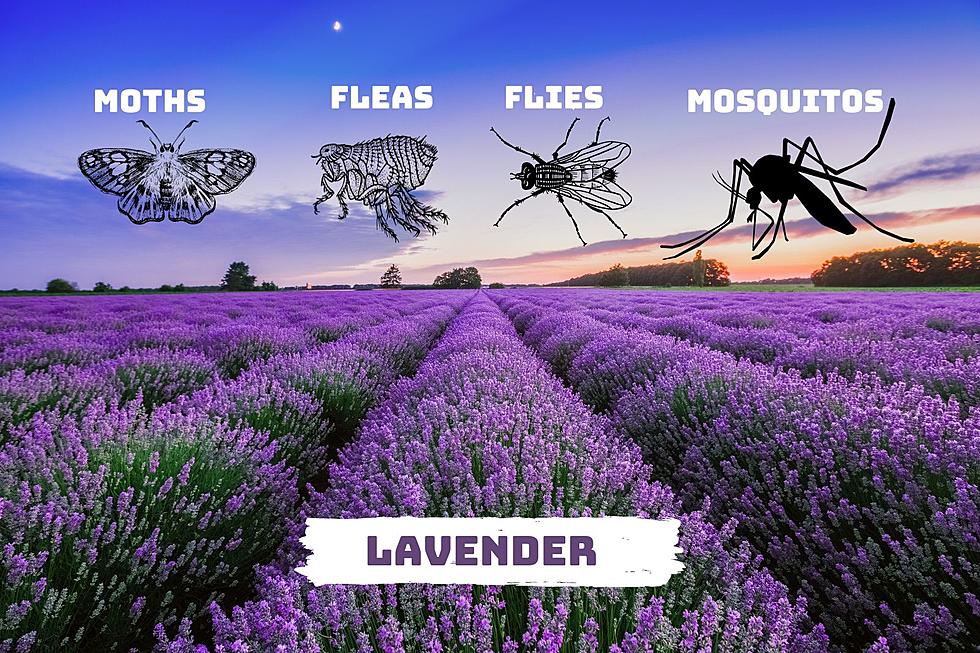
What Fertilizer Does Your Field Need? – AG Matters
As your making crop plans and budgets for 2016, are you looking for ways to cut expenses? Often fertilizer is an area people look to trim. Jeff Miller from Cornell Cooperative Extension has some tips on planning your fertilizer needs and how using
When prices of the products you sell are low compared to the costs to produce the products, managers look more closely at their production system and the inputs they purchase to produce their products. One of the significant input costs in producing crops is the fertilizer that is purchased to support crop growth and development and ultimately crop yield and quality. Farmers realize that under supplying essential nutrients reduces crop yield and quality. When profit margins are tight, growers have to fine-tune fertilizer programs to apply more closely the amount and type of nutrient that is needed at the optimal time to maintain profitability.
The first step is obtaining soil samples on a field by field basis and sending them to a lab that provides fertilizer recommendations based on research conducted in NY. Two labs currently use lab procedures and Cornell fertility research results to provide research based recommendations for NYS producers and they are: Dairyone (agro one analyses) and the University of Maine standard soil test. The recommendations include the rate of lime, nitrogen, phosphorus, potassium, magnesium, and zinc that are required for optimal economic crop production for each field. Farmers can sort fields into groups with similar fertilizer requirements, order appropriate quantities of a few different fertilizer blends and apply them to those fields in the growing season.
Developing crop budgets Most farmers have less demands on their time during the winter months and spend some of that time making plans for the following growing season. They review their crop records from the previous year, information on new hybrids, and forecasts of prices on crops in the next year. They talk to input suppliers about prices of pest control agents, seed and fertilizer. Growers amass all of their input costs and start to develop budgets using these estimates for each of the crops that they grow. Having a good estimate of the cost of production can be combined with an estimate of potential yields to develop a cost per ton for each of their crops. This provides a benefit to growers who sell their crops in that they have an estimate of what price is breakeven when they are marketing their crops. It also provides information to the grower who retains their crops as feed for livestock. They can use this information to make decisions on what crops to grow versus purchase and also to forecast feeding costs for their livestock.
SOURCE: Cornell Cooperative Extension - Jeff Miller
More From Big Frog 104









